The Deadlift - scary name, superior lift!
The difference between conventional and sumo deadlifts...
The deadlift is a true test of strength, it utilises nearly every muscle in the body. It is also a great way to strengthen the back. Having competed in powerlifting, I have tried both conventional and sumo deadlifts on the platform.
Although the lifts have many similarities they both differ, everyone has their own preference and will usually favour one over the other. I personally favour the conventional style of deadlift.
The conventional deadlift
The set up:
Step up to the bar with our foot placement usually about hip width apart (can try the jump test to start)
Toes to be slightly turned out with bar over the mid foot. Tearing the floor apart with the feet / corkscrewing the feet into the floor (this creates tension in the arches of the feet, quads, glutes and hamstrings)
Brace the abdominals.
The hands should be placed on the bar with the arms outside of the knees, firmly grip the bar.
Tighten the lats (the lats create stabilisation in the upper spine). To engage the lats we externally rotate the upper arm (tuck elbows in) like we are trying to squeeze two oranges under the armpits.
Once we have created the tension throughout the body we now need, we try to press the ground away from us through the heels of our feet. Keeping the spine neutral throughout the movement and finishing the movement with a contraction of the glutes.
Return the bar sending the hips back, hinging down to the floor. Touch the floor and repeat for desired rep ranges.
Muscles used:
As previously mentioned the deadlift works nearly every muscle in the body. With the conventional deadlift, due to the position we start in we are more posterior chain focussed meaning we work hamstrings, glutes and lower back more.
The Sumo Deadlift
Set up
Step up to the bar with our foot placement usually wider than hip width.
Toes to be slightly turned out with bar over the mid foot. Tearing the floor apart with the feet / corkscrewing the feet into the floor (this creates tension in the arches of the feet, quads, glutes and hamstrings)
Brace the abdominals.
The hands should be placed on the bar with arms inside of the knees, hands firmly grip the bar.
Tighten the lats (the lats create stabilisation in the upper spine). To engage the lats we externally rotate the upper arm (tuck elbows in) like we are trying to squeeze two oranges under the armpits.
Once we have created tension throughout the body we now need, we try to press the ground away from us through the heels of our feet. Keeping the spine neutral throughout the movement and finishing the movement with a contraction of the glutes.
Return the bar sending the hips back, hinging down to the floor. Touch the floor and repeat for desired rep ranges.
As you can see in the set up the changes are subtle but by moving the foot position we get closer to the bar (bar is closer to the hips). We are able to sit lower to the ground (more like a squat) and the torso is placed higher (sitting in a more upright position). This places more emphasis on the hips and so we utilise more quads and glutes to get the bar up.
Mark Cooney
Personal Trainer and Strength Coach
The Unit Fitness (Huntingdon, Godmanchester, Alconbury Weald)
Watch Mark's full video on these lifts here >> https://youtu.be/jxbtEaVvC90
www.facebook.com/theunitfitness2013


